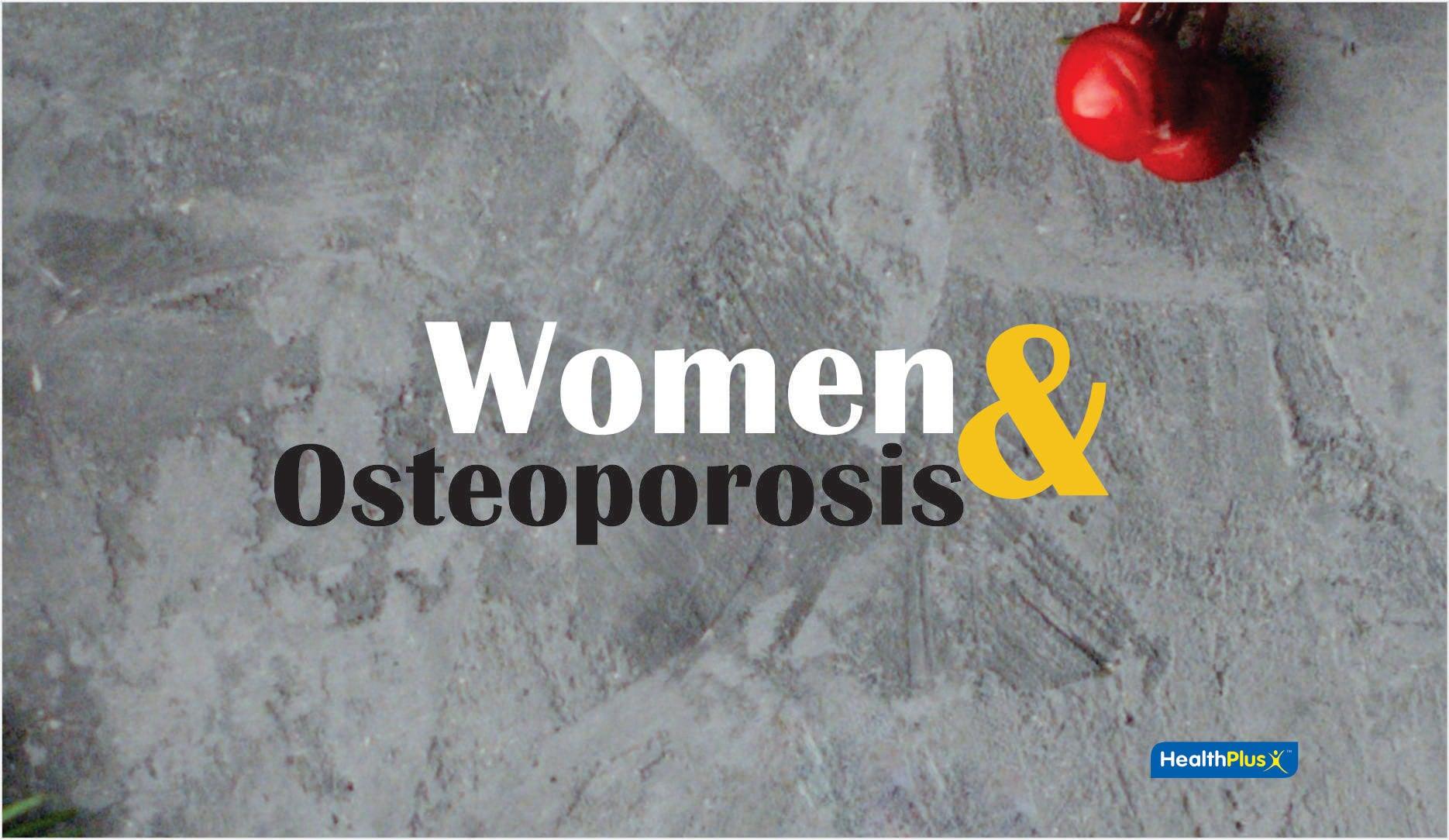Women & Osteoporosis
Women face unique health challenges compared to men. Some are obvious, such as chronic illnesses resulting from pregnancy and cancers of the female reproductive tract, found only in women. The impact of chronic disease on women can be more complicated at times.
Let us talk about one of such chronic diseases: Osteoporosis
Osteoporosis causes bones to become weak and brittle, to the point that even minor stressors like leaning over or coughing can result in a fracture. The hip, wrist, and spine are the most prevalent sites for osteoporosis-related fractures. Osteoporosis is more common in women than it is in men. The risk of developing Osteoporosis also increases as women age. Osteoporosis is often called a 'silent' disease because you may have bone loss for many years without any symptoms until you break a bone.
What are the symptoms of Osteoporosis?
Usually, there are no symptoms of osteoporosis. That is why it is sometimes called a silent disease. However, watch out for the following things:
- Loss of height (getting shorter by an inch or more).
- Change in posture (stooping or bending forward).
- Shortness of breath.
- A bone that breaks easier than expected
- Pain in the lower back.
Risk Factors of Osteoporosis
Many factors can increase the risk of developing Osteoporosis, including:
- Taking high-dose steroid tablets for more than 3 months
- Medical conditions such as inflammatory conditions, or hormone-related conditions
- Family history of Osteoporosis
- Long-term use of certain medicines that can affect bone strength or hormone levels, such as anti-estrogen tablets that many women take after breast cancer
- Eating disorders such as anorexia or bulimia
- Having a low body mass index (BMI)
- Heavy drinking and smoking
- Low calcium intake which contributes to diminished bone density, early bone loss, and an increased risk of fractures
As you get older, your body does not make new bones fast enough to keep up with the bone loss. After menopause, bone loss happens even more quickly.
Steps To Slow Down Natural Bone Loss
The following tips can help.
Get enough Calcium and vitamin D each day.
- Get active. Regular exercises would help build and strengthen your bones. Weight-bearing physical activities such as dancing, walking, jogging, and running can also help
- Avoid smoking. Smoking raises your risk of broken bones.
- If you drink alcohol, drink in moderation (Women should take one drink a day at most). Too much alcohol can harm your bones.
Treating Osteoporosis
Osteoporosis is treated by preventing and healing broken bones, as well as taking medications to strengthen your bones.
Your risk of breaking a bone in the future will determine whether or not you need treatment. It will be determined by a variety of factors, including your age, gender, and the findings of your bone density scan.
If you require treatment, your doctor can advise you on the safest and most effective course of action.
Living with Osteoporosis
It is natural to be worried about how Osteoporosis will affect your daily life. Please bear in mind that having Osteoporosis does not mean avoiding activities you love. Also, it does not mean you'll have a fracture.
There are measures you can take to reduce your risk of a fall or fracture, which include making simple changes to your home arrangement, regular exercise, and a healthy diet.
Take away
Since women are at a much higher risk of developing Osteoporosis, it’s important to know what you can do now to prevent developing it in the future.
Eating right and exercising regularly will set you up for good bone health.
Women with osteoporosis can lead normal, happy lives as long as they do what they can to keep their bones as healthy as possible.
That involves knowing how to prevent falls, taking your medications regularly, and letting your doctor know if you notice any changes to your health.

